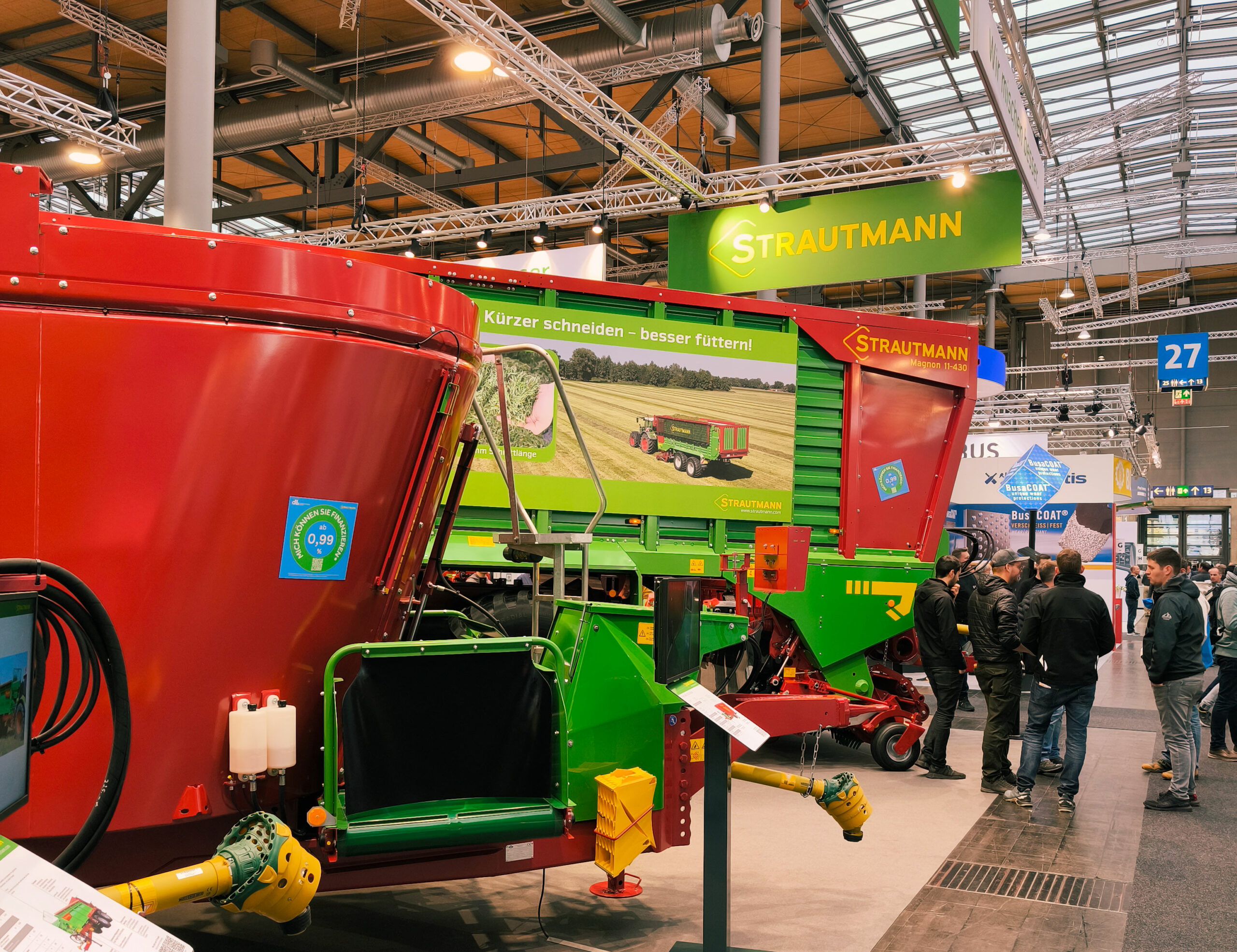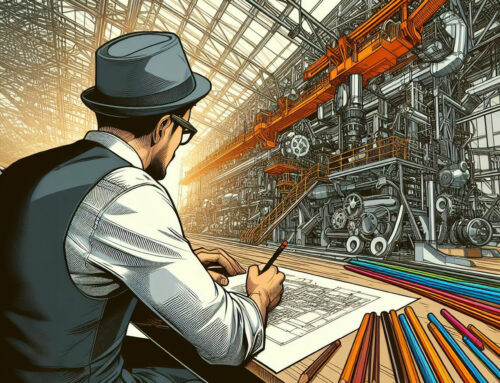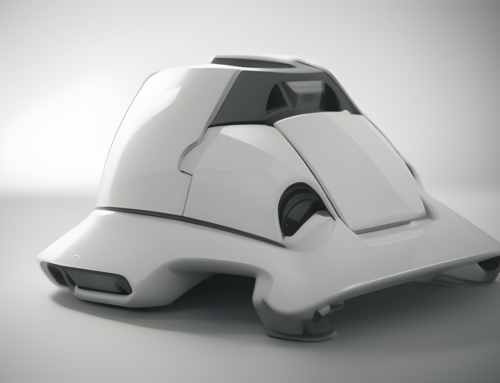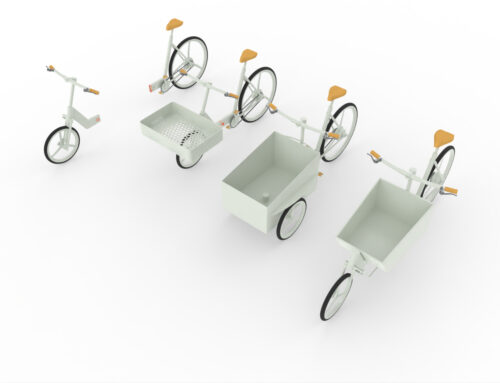The pandemic is almost forgotten. It is once again possible to travel by train and fly without wearing a mask, and the panic attacks felt by people positioned around a subway passenger battling a coughing fit have subsided.
Trade fairs were completely forgotten – including the largest agricultural trade fair in Hanover, Agritechnika. Visited by the designer writing here for decades. Conversations with old customers, conversations with potential new customers? No – rather not. The exhibitors are focused on sales, which is their right. You don’t want to disturb them!
A handshake at the stand with old acquaintances, a quick wave. That’s enough here.
As noted on the sidelines, a handshake was long considered to be the equivalent of a notarized contract in the agricultural industry. It would be naïve to say that this is still the case.
It is also possible that one or two lending bankers have had to take a few days off sick after a handshake from a hands-on agricultural entrepreneur due to bruising on a hand accustomed to mouse clicks, but we don’t know what triggered the preference for written confirmation.
You’ll have to shell out a lot of bucks if you want to buy one of the agricultural implements on display. After that, however, the little animals are more of a nuisance. A combine harvester is an attractive home outside the harvest season, with a well-hidden winter supply in many hard-to-reach places. It’s just a shame when, in the zeal of nibbling on grains, one or other cable of the signal transmission of the complex control system suffers damage and, due to a lack of insulation layers, shares live content with assemblies that are not prepared for this.
The buzzing and whirring little helpers stand in contrast to the down-to-earth agricultural equipment. No, not endangered bee colonies, but partly self-sufficient, AI-equipped mini-copters that carry out inventories and take selective measures to make agriculture more efficient.
This raises another issue. What is really efficient? Soil compaction and groundwater pollution, for example, are issues that have been given little consideration in the efficiency of arable farming in recent decades. Other factors are now also becoming important in the face of climate change – what happens to the cultivated area in the event of drought? Heavy rain? Increasing UV exposure? Strong wind?
Where does the future lie for agricultural machinery manufacturers and how should they act?
Exciting questions to which there is no immediate answer. You should only have these questions in mind when thinking about the future.










